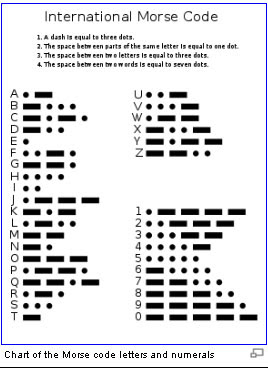
#MILITARY MOS CODE CODE#
Space Force: At present, the Space Force has not widely publicized its military job code protocol.The second digit denotes the utilization field, then the functional area, then the qualification level for officers. The second digit is the career field for enlisted airmen, then career field subdivision, skill level, and finally, the specific AFSC, or specialty within the career field subdivision. The first digit in both represents the career group. The Air Force Specialty Code, or AFSC, features five-digit codes for enlisted airmen and four officers. Air Force: The Air Force has its own system of military job codes.Coast Guard: The Coast Guard also uses ratings similar to the US Navy.Navy: The Navy has ‘ratings’ for enlisted sailors and ‘designators’ for officers, which function similarly to MOSes but are more straightforward.Marine Corps: All jobs are ‘occupational fields,’ or ‘OccFlds’ with no distinction between officers or enlisted Marines.The different branches of the US Armed Forces handle job codes in different ways. A field code for US Army Special Forces was created. All service members had the same career field codes, originally for NCOs and enlisted service members. There was further reform of the system in 1983: mainly streamlining the system and changing certain field code numbers. SQI code numbers were prefixed rather than suffixed. Officers had four-digit codes to denote their career field and specialty.Warrant officers had a five-digit code as well, but the first three digits were the career field, with a digit for field specialty and a final digit for SQI.Where the specialty was language fluency, a couple of extra digits signified the specific language. If the service member had no specialty, the letter ‘O’ was used. The final digit was an SQI indicator for training in a special skill. The first two digits signified the field, then a letter and number for field specialty and instruction level. Enlisted/NCO personnel: these ranks retained the five-digit code.The codes changed to be different for enlisted servicemembers and NCOs, warrant officers, and commissioned officers. The system was later changed again in 1965. Since ‘7’ is the SQI for airborne training, 111.17 signifies an airborne-qualified paratrooper. 111.10 is, therefore, the MOS for an infantryman with no specialized training. An example: ‘11’ is the code for infantry and ‘1.1’ the sub-specialty for light weapons. However, if the individual had no specialized training, this number was often either omitted or left as a zero. Sometimes, a fifth digit was included if the service member had an SQI (special qualification identifier). The first two digits of a service member’s code stood for the field code, the third for their sub-specialty, and the fourth, after a period, their job title.

This was improved after WW2 when MOS codes changed to be between 3 and 5 digits. Similar trades were not grouped together, so without a manual, it was difficult to know what any individual code meant. With the armed forces expanding so quickly, it was critical to understand what each soldier’s capabilities were or if they had prior military experience so they could be appropriately assigned. During World War II, MOS codes were four digits long and generally listed the recruit’s profession in the civilian world. The United States Military Occupation Code The Coast Guard and Space Force do not have analogous systems at present. The Navy has its own system, too, the Navy Enlisted Classification, or NEC. However, in the United States Air Force, a system is used called Air Force Specialty Codes (AFSC), which is either four or five characters depending on whether the airman is enlisted or commissioned. It is a nine-character code in which each digit or section of digits signifies a different part of the role. This system is distinct from the standard occupational classification (SOC) codes that civilian jobs are typically classified by. The United States Army and United States Marine Corps, the MOS code, or military occupational specialty code, is used to identify specific military jobs.


However, each branch’s job code functions differently.

As the world’s largest employer, the United States Department of Defense has a complex system of military job codes to help manage employment in various military branches.


 0 kommentar(er)
0 kommentar(er)
